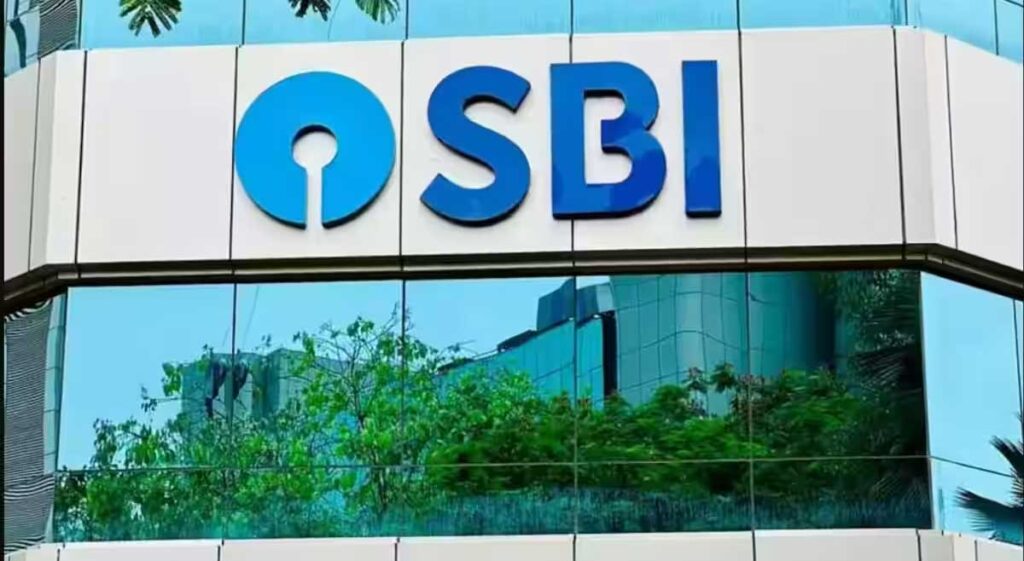SBI Bank Latest News 2025: Elevated Interest Rates & Refreshed Auto-Sweep Rules
In 2025, SBI has made a bold move—bolstering its deposit rates across various instruments (savings, fixed, term deposits) and reengineering its auto-sweep facility to better serve its clientele.tncis.in These changes aren’t cosmetic — they hint at a more aggressive posture in a shifting banking landscape.
The Interest Rate Uplift: What’s Changing
Historically, savings accounts yield modest returns. But now, SBI is nudging those rates upward. Idle funds that once sat passively are being coaxed to generate more.tncis.in Over on the fixed deposit side, the increase is sharper — a deliberate push to lure long-term capital into safe harbor.tncis.in
This upward adjustment suggests SBI is feeling both pressure and opportunity. On one hand, macro inflation, liquidity conditions, and competitor rates likely compelled action. On the other, it is an attempt to re-energize deposit growth and reward its loyal savers.
Auto-Sweep 2.0: Smarter, More Flexible
The auto-sweep mechanism — which automatically shifts surplus funds from savings into term deposits — has been fine-tuned.tncis.in
Key shifts include:
- Tiered thresholds: Customers can set multiple “overflow” triggers rather than a single fixed threshold.
- Improved interest attribution: The calculation method for swept amounts is more favorable, reducing “lost” yield from transitional periods.
- Adjusted minimums: The balance required to initiate a sweep has been recalibrated to adapt to varying customer behavior, so one isn’t penalized for small excess balances.
Together, these changes imagine a more fluid, responsive arrangement. No longer must customers micromanage transfers — the system adapts subtly.
Who Stands to Gain — and Who Needs to Watch
Winners likely include:
- Retail depositors with large idle balances: Those who keep significant amounts in savings might now see incremental gains.
- Senior citizens / fixed-income customers: With better FD rates and auto-sweep options, they may get steadier returns without locking away all liquidity.
- Businesses / current account users: Excess cash parked during the day could now yield more, with flexibility to revert to operational needs.
Risks & caveats:
- The enhancements hinge on how well SBI implements the new logic in its systems and communicates it. Some customers might misconfigure thresholds and lose out.
- Competitive response: Other banks may mirror or outdo these changes, diluting SBI’s advantage.
- Macro volatility: If interest rates retract or liquidity tightens, these elevated rates might compress again.
Strategic & Sectoral Implications
This maneuver by SBI is a signal. It suggests that public sector banks are no longer passive backwaters in the interest rate game. As the premier bank, SBI’s posture often nudges the broader banking sector to respond in kind.State Bank of India
In effect, this could stimulate a mild arms race for deposit-attracting features — pushing innovation in auto-sweep, tiered rates, and integrated digital products. For customers, that’s good — more choice, better yields, smarter defaults.
How You Can Capitalize (or Be Cautious)
- Review the new interest rates (both for savings and fixed) and see whether your existing FDs or deposits should be reallocated.
- Revisit your sweep settings: set thresholds that reflect your cash needs, so you get yield without sacrificing liquidity.
- Monitor announcements: these rules may roll out in phases; stay alert for communications from SBI.
- Compare alternatives: if other banks respond, see whether their deposit products or sweep logic outperform.
